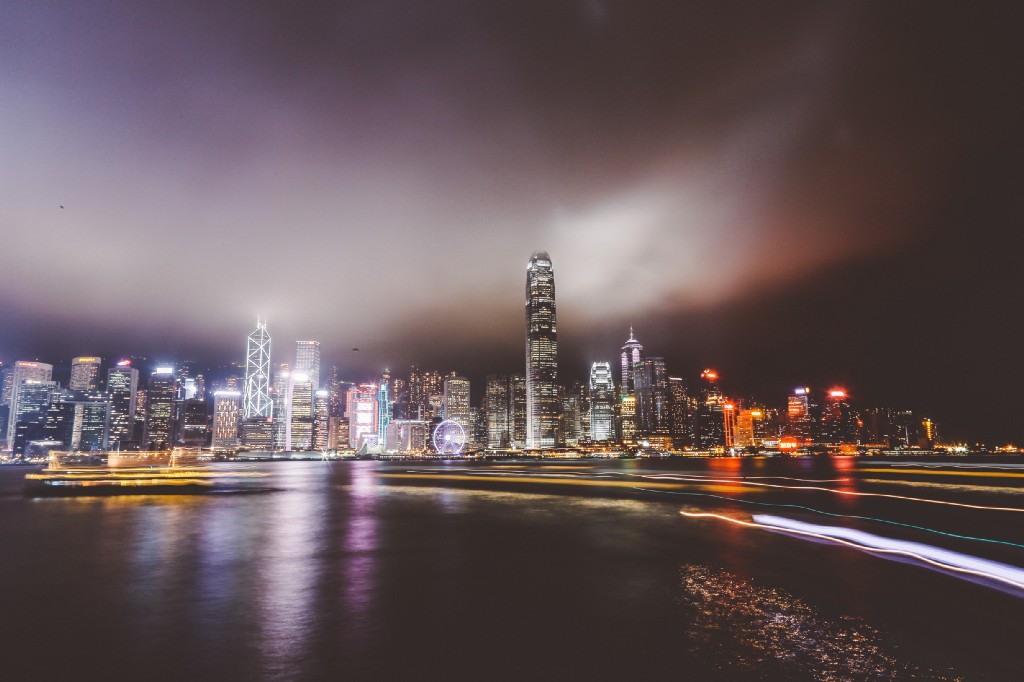According to the World Bank, five billion people — or 60% of the world’s population — will live in cities by 2050, and the overall demand for lighting will be 80% higher in 2030 than it was in 2005.
Municipal street lighting will form a large part of this demand and will pose a growing burden on city budgets. But without adequate street lighting, people spend less time outside after dark, which stymies economic growth. Studies have shown that public lighting can reduce crime by up to 20% and traffic accidents by up to 35%.
What’s a power-strapped city to do? Well, for one, replace traditional lighting with high-efficiency LED street lighting. Not only do LEDs use up to 60% less energy than traditional bulbs, they lower maintenance costs because they last at least four times longer than other street-lighting technologies.
In the U.S. alone, replacing outdoor lighting with LEDs can save $6 billion annually and reduce carbon emissions by the equivalent of taking 8.5 million cars off the roads for a year.
But capital costs are preventing the switch from old bulbs to new. A new report highlights successful strategies for switching to LED street lighting. For example, in Visakhapatnam, India, the Ministry of Power set up a “super” energy service company, or ESCO, to lower LED costs through a bulk procurement program. Guadalajara, Mexico, introduced lease-to-own LED public lighting, with private financing and a repayment guarantee from the state government.
These studies demonstrate that there’s no one-size-fits-all model for managing the high upfront cost of implementing LED tech. But once it is in place, the long-term benefits outshine the costs.











